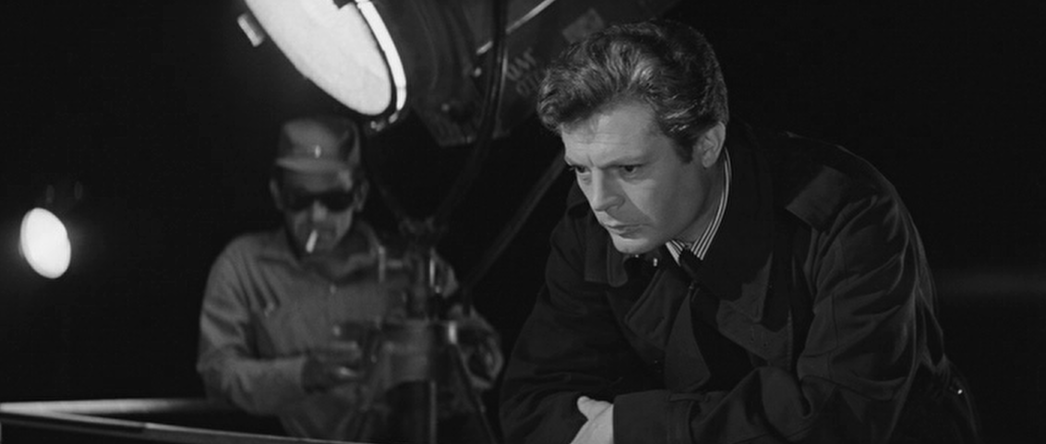
“La Dolce Vita,” directed by Federico Fellini and released in 1960, is a cinematic masterpiece that provides a scathing critique of the hedonism and superficiality of Italian high society in the post-war era. The film follows journalist Marcello Rubini (played by Marcello Mastroianni) over seven nights as he navigates the decadent nightlife of Rome, mingling with celebrities, socialites, and eccentrics.
Through Marcello’s encounters, the film explores themes of existentialism, disillusionment, and the search for meaning amidst a backdrop of excess and moral decay. Marcello’s pursuit of pleasure and fame ultimately leaves him feeling empty and disconnected from his own humanity.
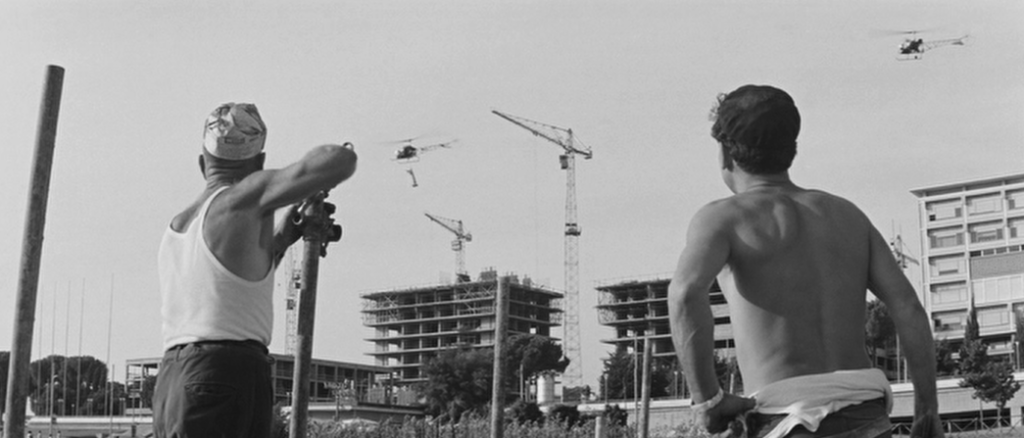
“La Dolce Vita” is renowned for its innovative storytelling techniques, including its episodic structure and surreal imagery. It is also remembered for its iconic scenes, such as Anita Ekberg’s wading in the Trevi Fountain.
The film sparked controversy upon its release due to its candid depiction of sexuality and critique of the Catholic Church. Despite this, it received critical acclaim and won the Palme d’Or at the Cannes Film Festival. Today, it is celebrated as one of Fellini’s greatest works and a landmark of world cinema, influencing generations of filmmakers with its bold style and profound insights into the human condition.

| Title | La Dolce Vita (1960) |
|---|---|
| Director | Federico Fellini |
| Main Actor | Marcello Mastroianni |
| Setting | Rome, Italy |
| Themes | Hedonism, Existentialism, Disillusionment, Morality |
| Structure | Episodic |
| Awards | Palme d’Or at Cannes Film Festival |
| Controversies | Depiction of Sexuality, Critique of Catholic Church |
| Impact | Critical Acclaim, Influential in World Cinema |
Plot of the Movie
The film follows the journey of Marcello Rubini, a journalist navigating through the vibrant nightlife of Rome in search of love, meaning, and fulfillment. Marcello’s encounters with various characters over seven nights and mornings reveal the complexities of human relationships and the emptiness of the indulgent lifestyle celebrated by the elite.

As Marcello immerses himself in the world of celebrities, intellectuals, and aristocrats, he experiences both the allure and the hollowness of the sweet life. His relationships with women like Emma, an aristocratic woman trapped in a loveless marriage, and Maddalena, a wealthy socialite, reflect the fleeting nature of passion and desire in a society obsessed with appearances.
The film’s iconic scenes, such as Marcello and Sylvia wading into the Trevi Fountain at dawn, capture the hedonistic abandon and ephemeral beauty celebrated in “La Dolce Vita.” Yet, beneath the surface of glamour and extravagance, Marcello grapples with existential questions about the nature of love, fame, and spirituality. As dawn breaks, Marcello confronts the emptiness of his life and the transience of his relationships, realizing the limitations of the hedonistic lifestyle he once embraced.
Throughout the film, Fellini masterfully weaves together themes of disillusionment, yearning, and the search for authenticity, culminating in Marcello’s witnessing of a miracle that hints at the possibility of redemption and transcendence. However, the film’s conclusion remains ambiguous, leaving viewers to ponder whether Marcello will find true fulfillment or remain trapped in the cycle of hedonism and disillusionment.
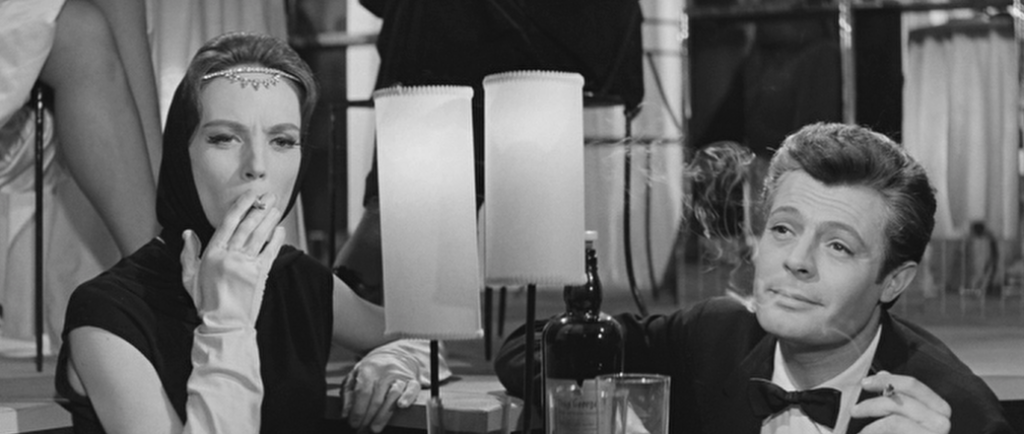
“La Dolce Vita” stands as a visually stunning and thematically rich masterpiece that continues to captivate audiences with its exploration of the tension between the search for meaning and the allure of superficial pleasures in post-war Italian society.
Reasons to Watch It
“La Dolce Vita” enthralls audiences with its visually stunning cinematography, profound exploration of existential themes, intricate portrayal of complex characters, timeless relevance in its commentary on modern society, enduring cultural impact, masterful direction by Federico Fellini, and widespread critical acclaim, making it a must-watch cinematic masterpiece.
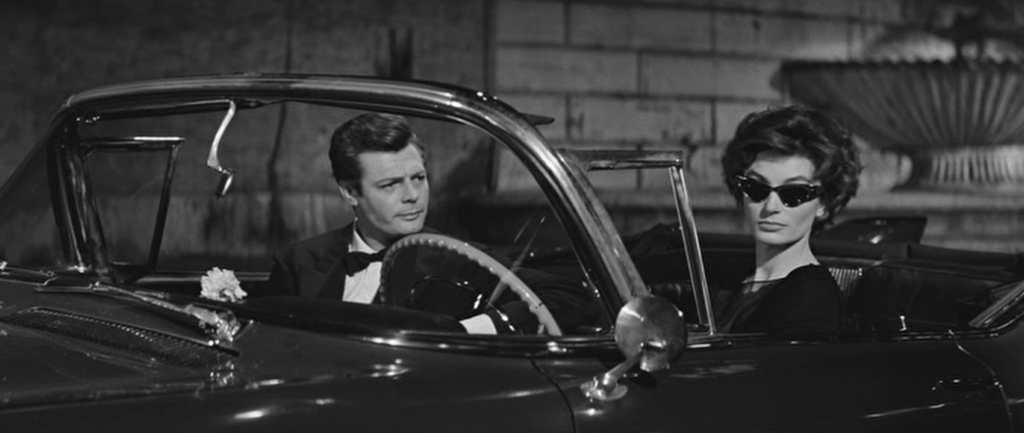
Cinematic Brilliance – “La Dolce Vita” is a visually stunning film, featuring captivating cinematography and iconic imagery that has influenced generations of filmmakers. Fellini’s unique directorial style and use of surrealism create a mesmerizing viewing experience. Exploration of Existential Themes – The film delves deep into existential themes such as the search for meaning, the nature of love, and the human condition. Marcello’s journey through the decadent social scene of Rome serves as a thought-provoking exploration of the emptiness and disillusionment that can accompany a life consumed by materialism and hedonism. Complex Characters – The characters in “La Dolce Vita” are multi-dimensional and intricately crafted, representing different facets of society. From Marcello, the disillusioned journalist, to the enigmatic socialite Sylvia, each character offers insight into the complexities of human relationships and the quest for fulfillment.
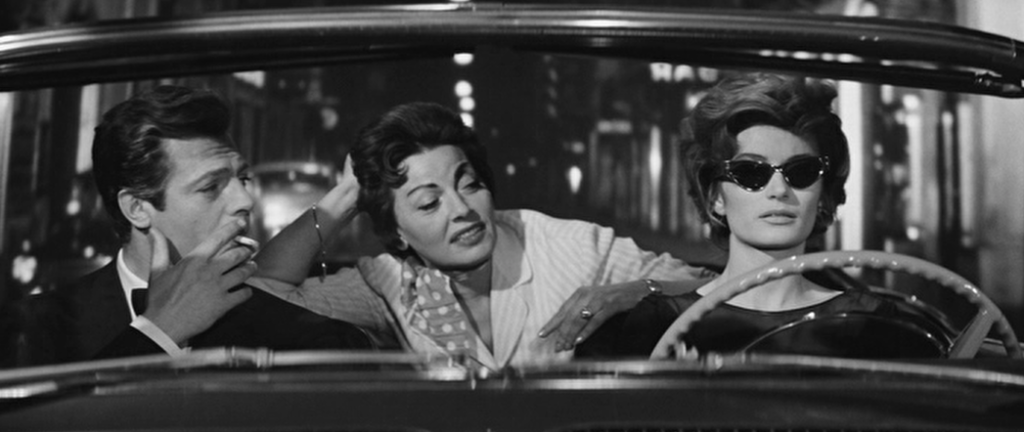
Timeless Relevance – Despite being released over six decades ago, “La Dolce Vita” remains relevant today, offering a poignant commentary on the superficiality and excesses of modern society. Its themes of alienation, celebrity culture, and the pursuit of happiness continue to resonate with audiences worldwide. Cultural Impact – “La Dolce Vita” is widely regarded as one of the greatest films ever made and has had a profound influence on popular culture. Its iconic scenes and imagery have been referenced and parodied in numerous films, television shows, and works of art, cementing its status as a cultural touchstone. Masterful Direction – Federico Fellini’s masterful direction and storytelling make “La Dolce Vita” a cinematic tour de force. His ability to seamlessly blend fantasy and reality, comedy and tragedy, creates a rich and immersive cinematic experience that lingers long after the credits roll. Critical Acclaim -“La Dolce Vita” received widespread critical acclaim upon its release and continues to be celebrated by critics and audiences alike. It won the Palme d’Or at the Cannes Film Festival and was nominated for several Academy Awards, including Best Director and Best Original Screenplay.
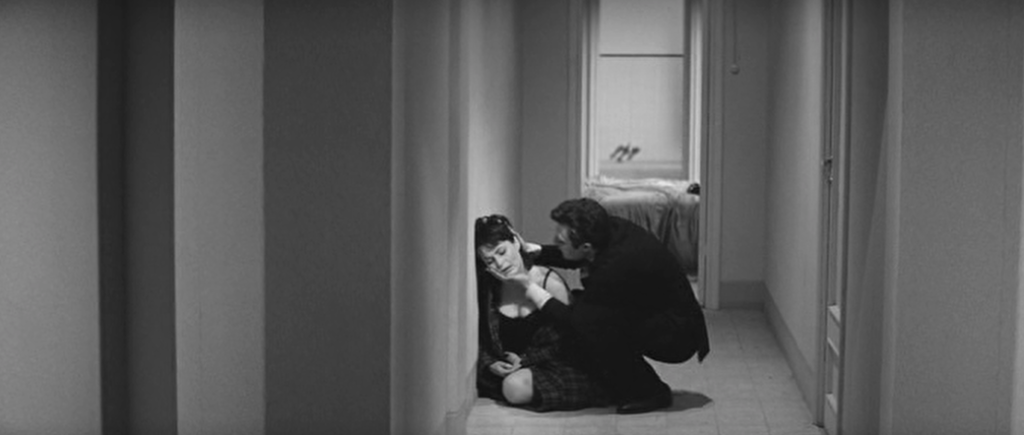
In summary, “La Dolce Vita” is a timeless masterpiece that offers a captivating exploration of existential themes, complex characters, and dazzling cinematography. Whether you’re a cinephile looking to experience a cinematic classic or simply seeking thought-provoking storytelling, “La Dolce Vita” is a must-watch film that promises to leave a lasting impression.
Reasons to Avoid It
Potential viewers may opt to avoid ‘La Dolce Vita’ due to its slow pace, heavy existential themes, depiction of decadence, ambiguous ending, lengthy runtime, cultural context, and lack of action.

Slow Pace – The film’s deliberate pacing and episodic structure may not appeal to those seeking fast-paced or action-packed entertainment. Existential Themes – The exploration of existential themes such as disillusionment and the search for meaning may be too heavy or introspective for some viewers, preferring lighter or more straightforward narratives. Decadent Content – “La Dolce Vita” depicts the decadent and hedonistic lifestyle of its characters, which includes scenes of excessive drinking, partying, and morally ambiguous behavior, potentially discomforting for some viewers.
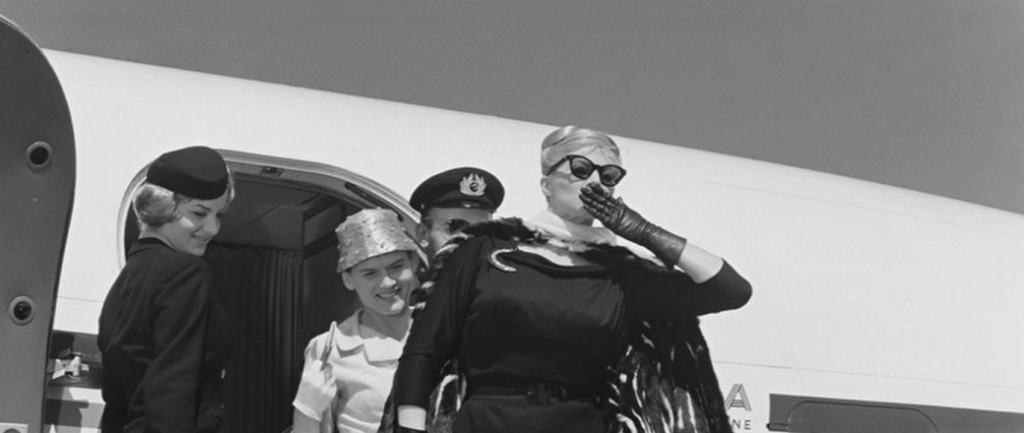
Ambiguous Ending – The film’s ambiguous conclusion may leave some viewers feeling unsatisfied or wanting clearer resolution to the characters’ arcs. Length – With a runtime of over two and a half hours, “La Dolce Vita” requires a significant time commitment, which may deter viewers looking for shorter or more concise films. Cultural Context – Some aspects of the film may feel dated or culturally specific to 1960s Italy, potentially alienating viewers who prefer more contemporary or universally relatable narratives. Lack of Action – For viewers seeking films with intense action or dramatic plot twists, “La Dolce Vita” may feel too introspective or lacking in excitement.
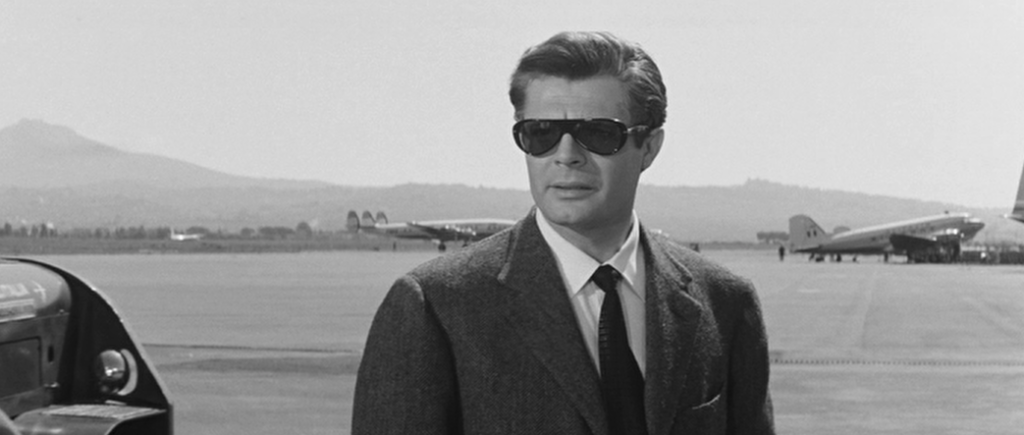
In summary, while “La Dolce Vita” is acclaimed for its artistic merit and thought-provoking themes, it may not be suitable for everyone due to its slow pace, heavy themes, decadent content, ambiguous ending, lengthy runtime, cultural context, and lack of action.
Critical Response
“La Dolce Vita” garnered overwhelming critical acclaim upon its release in 1960 and has since solidified its position as one of the most revered films in cinematic history. Critics have lauded Federico Fellini’s visionary direction, praising his ability to seamlessly blend surrealism with realism, resulting in a visually stunning and emotionally resonant masterpiece. The film’s exploration of existential themes, including the search for meaning in an increasingly superficial society, has been widely praised for its depth and complexity.
One of the film’s most notable achievements is its innovative cinematography, characterized by sweeping tracking shots, striking compositions, and iconic imagery that has left an indelible mark on the cinematic landscape. Fellini’s use of black-and-white cinematography enhances the film’s timeless quality and underscores its exploration of the human condition.
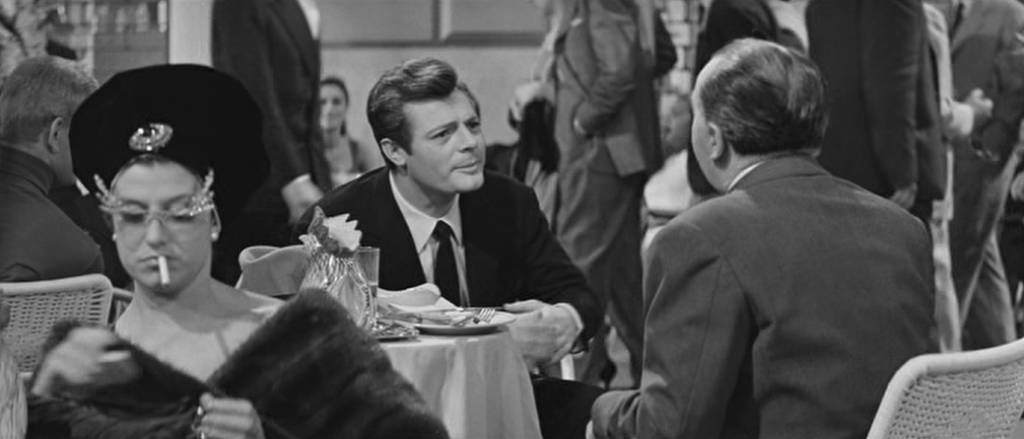
“La Dolce Vita” also received prestigious accolades, including the Palme d’Or at the Cannes Film Festival, further solidifying its reputation as a cinematic tour de force. Additionally, the film garnered multiple Academy Award nominations, including Best Director and Best Original Screenplay, further highlighting its critical acclaim and cultural significance.
However, “La Dolce Vita” is not without its detractors. Some critics have found fault with its deliberate pacing and ambiguous narrative, which can be challenging for viewers seeking more conventional storytelling. Nevertheless, these perceived flaws have done little to diminish the film’s enduring legacy and profound impact on subsequent generations of filmmakers.
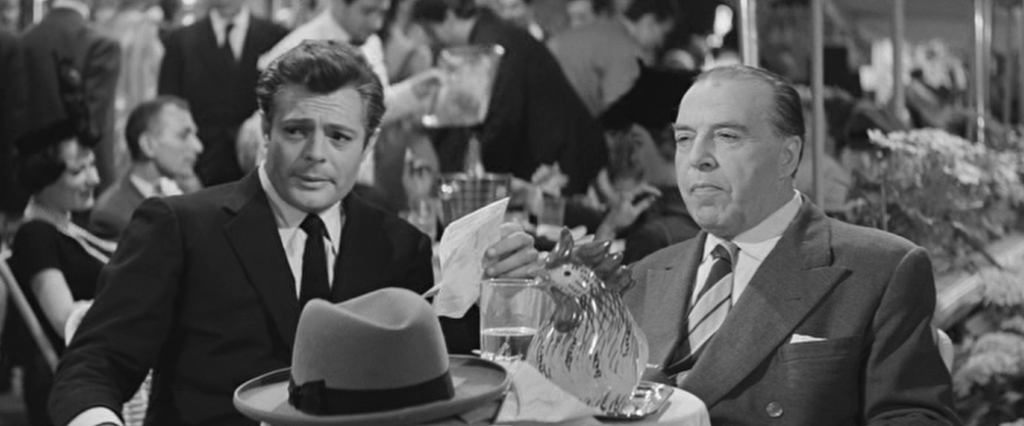
Despite any criticisms, “La Dolce Vita” remains a towering achievement in cinema, revered for its bold artistic vision, thematic depth, and lasting cultural relevance. Its exploration of the human condition continues to resonate with audiences worldwide, cementing its status as a timeless classic that transcends the boundaries of time and place.
| Aspects of Critical Response | Description |
|---|---|
| Direction by Federico Fellini | Widely praised for visionary direction, blending surrealism with realism, resulting in a visually stunning masterpiece. |
| Exploration of Existential Themes | Commended for its depth and complexity in examining themes such as the search for meaning in a superficial society. |
| Cinematography | Highly acclaimed for innovative techniques, including sweeping tracking shots and striking compositions, leaving an indelible mark. |
| Awards and Accolades | Winner of the Palme d’Or at Cannes and multiple Academy Award nominations, solidifying its status as a cinematic masterpiece. |
| Pacing and Ambiguity | Some critics found fault with deliberate pacing and ambiguous narrative, challenging for viewers seeking conventional storytelling. |
Key Themes
“La Dolce Vita” delves into a rich tapestry of themes that resonate deeply with audiences. At its core, the film grapples with existential questions as Marcello Rubini navigates the shallow social scene of Rome in search of meaning and authenticity. Throughout the narrative, themes of alienation, hedonism, and the pursuit of authenticity intertwine, offering a poignant critique of a society consumed by superficiality and excess. Marcello’s existential journey serves as a lens through which the film examines the emptiness and spiritual desolation that can accompany a life driven by pleasure-seeking and fame.
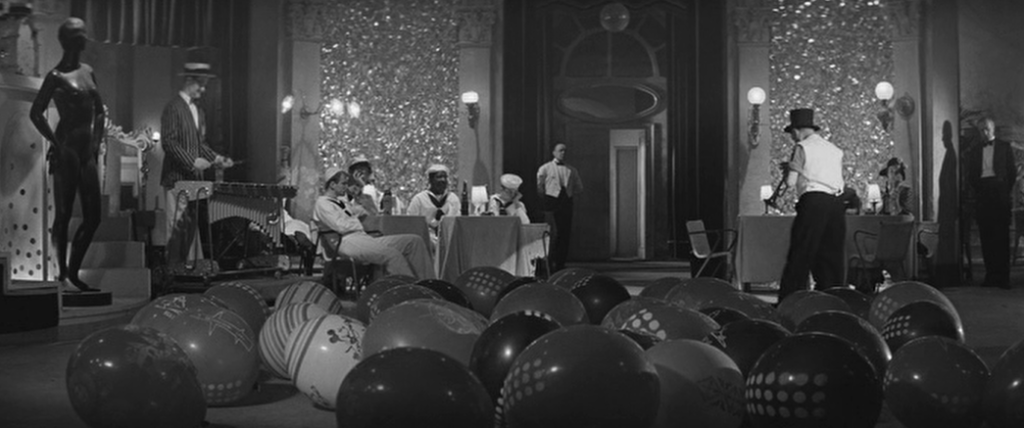
Against the backdrop of celebrity culture and hedonistic indulgence, “La Dolce Vita” invites viewers to ponder the nature of true fulfillment and the elusive quest for genuine human connection in a world marked by disillusionment and spiritual longing. Marcello’s encounters with various characters, each representing different facets of society, shed light on the challenges of finding authenticity amidst a culture that prizes appearances over substance. The film’s exploration of existential themes resonates on a universal level, inviting viewers to reflect on their own search for meaning in a world where the pursuit of pleasure often leads to emptiness and despair.
| Key Themes | Description |
|---|---|
| Existential Exploration | Marcello’s search for meaning and authenticity in a superficial society. |
| Alienation | Feelings of disconnection and isolation experienced by characters amidst societal decadence. |
| Hedonism | The allure and emptiness of a pleasure-seeking lifestyle, contrasted with spiritual fulfillment. |
| Authenticity | The quest for genuine human connection and authenticity amidst a culture dominated by pretense. |
| Critique of Celebrity Culture | Examination of the shallowness and toll of celebrity culture on personal lives and relationships. |
| Spiritual Desolation | Characters grappling with emptiness and spiritual longing in the absence of true faith or purpose. |
Memorable Moments
“La Dolce Vita” is rich with memorable moments that encapsulate its exploration of existential themes and decadent lifestyle. The film opens with a striking image of a statue of Christ being transported over Rome by helicopter, setting the stage for a narrative that juxtaposes spirituality with hedonism. Marcello’s escapades through Rome’s vibrant nightlife unfold as he attends parties and social gatherings, immersing himself in the decadent lifestyle of the elite.

Among the film’s most iconic moments is Marcello’s encounter with Sylvia at a nightclub, culminating in their surreal and mesmerizing wade into the Trevi Fountain at dawn. This scene captures the hedonistic abandon and fleeting beauty celebrated in “La Dolce Vita,” as Marcello grapples with the allure of pleasure and the emptiness of his pursuits.
Throughout the film, Marcello’s moments of introspection, such as his contemplation on the beach, serve as poignant reflections on the emptiness of his life and the search for genuine happiness amidst the superficiality of his surroundings. The film’s enigmatic final scene, where Marcello witnesses a miracle, leaves viewers pondering the possibility of redemption and transcendence amidst the disillusionment of modern society. These memorable moments collectively contribute to the film’s enduring legacy as a cinematic masterpiece that explores the complexities of the human condition.
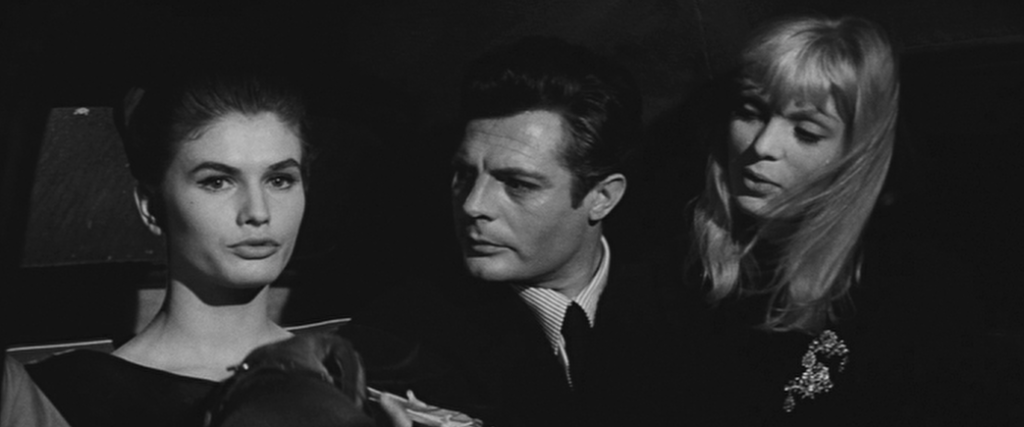
| Memorable Moments | Description |
|---|---|
| Opening Statue Scene | A striking image of a statue of Christ being transported over Rome by helicopter, setting the tone for the film’s exploration. |
| Trevi Fountain Scene | Marcello and Sylvia’s surreal and mesmerizing wade into the Trevi Fountain at dawn, capturing hedonistic abandon and beauty. |
| Marcello’s Nightlife | Escapades through Rome’s vibrant nightlife, immersing himself in the decadent lifestyle of the elite. |
| Encounter with Sylvia | Marcello’s encounter with Sylvia at a nightclub, culminating in their iconic moment at the Trevi Fountain. |
| Beach Contemplation | Marcello’s introspective moment on the beach, contemplating the emptiness of his life amidst crashing waves. |
| Miracle Scene | The enigmatic final scene where Marcello witnesses a miracle, leaving viewers pondering redemption amidst disillusionment. |
Streaming Platforms
You can potentially stream “La Dolce Vita” on platforms such as Criterion Channel, Amazon Prime Video, Google Play Movies & TV, iTunes, YouTube Movies, Hulu, Kanopy (if subscribed through your library or university), or FilmStruck (if available in your region).
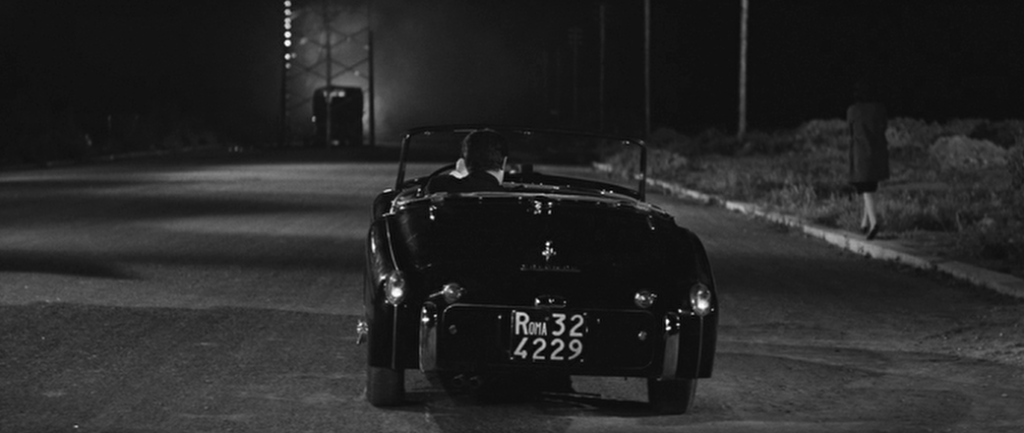
Criterion Channel – Criterion is known for its curated collection of classic and contemporary films, and “La Dolce Vita” could be available for streaming on this platform. Amazon Prime Video – Depending on your location, you may find “La Dolce Vita” available for digital rental or purchase on Amazon Prime Video. Google Play Movies & TV – Similar to Amazon Prime Video, Google Play Movies & TV often offers a selection of classic films for digital rental or purchase, including “La Dolce Vita.”
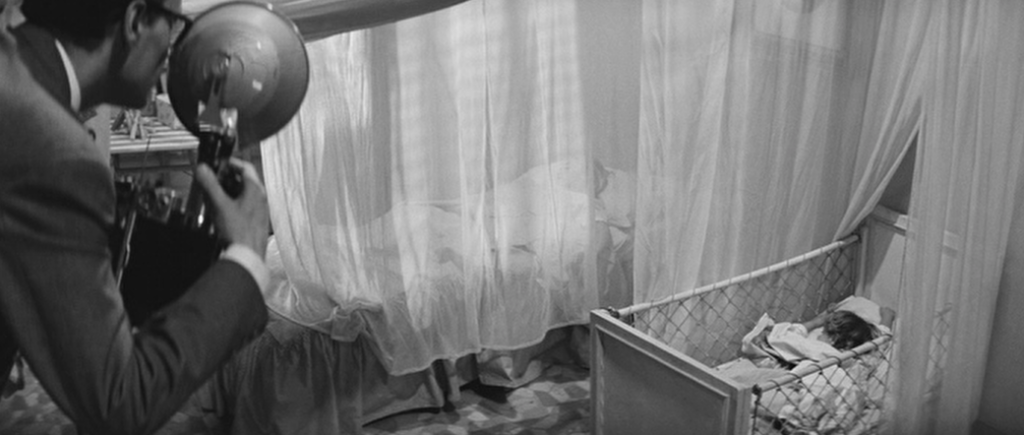
Apple’s iTunes Store typically offers a wide range of films for digital rental or purchase, and “La Dolce Vita” may be available there. YouTube’s movie rental service could have “La Dolce Vita” available for streaming. Hulu: While less common for classic films, Hulu occasionally offers a selection of older movies, so it’s worth checking if “La Dolce Vita” is available in your region. Kanopy – If your local library or university subscribes to Kanopy, you may be able to stream “La Dolce Vita” for free through this platform. FilmStruck (if available) – Depending on your region, you may have access to FilmStruck, a streaming service specializing in classic and independent cinema.

Before subscribing or renting, it’s a good idea to check each platform’s library and availability in your region to ensure that “La Dolce Vita” is accessible to you.






